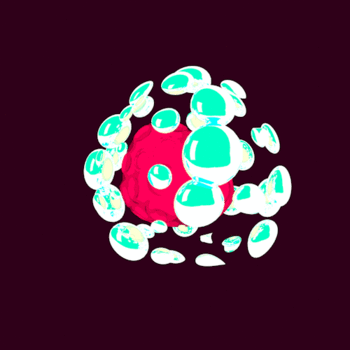A sample of chlorine gas has a mass of 39.2 grams. How many #Cl_2# molecules are there in the sample?
2 Answers
See below.
Explanation:
This problem is a classic stoichiometry problem. To solve this problem, you want to have your periodic table (to find the molar mass (g/mol) of Cl2), calculator, and Avogadro's number handy. The approach is outlined below:
Hence, the answer is
I hope that helps!
There are
Explanation:
There are
Given mass:
Molar mass:
Determine the moles
Determine molecules of


